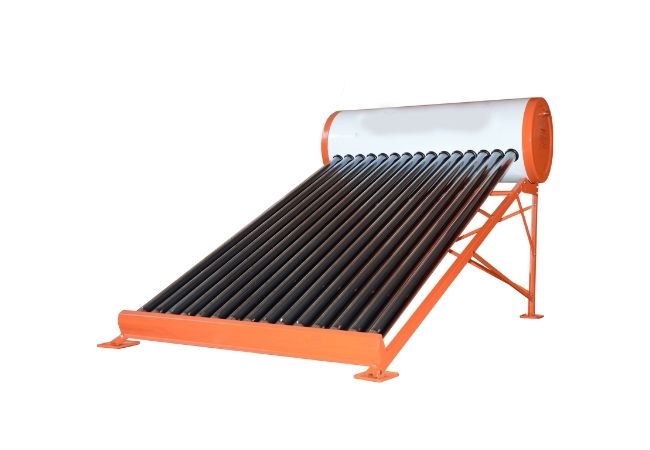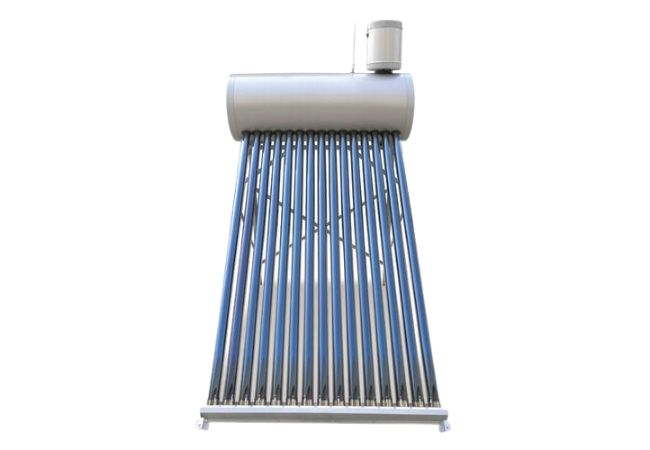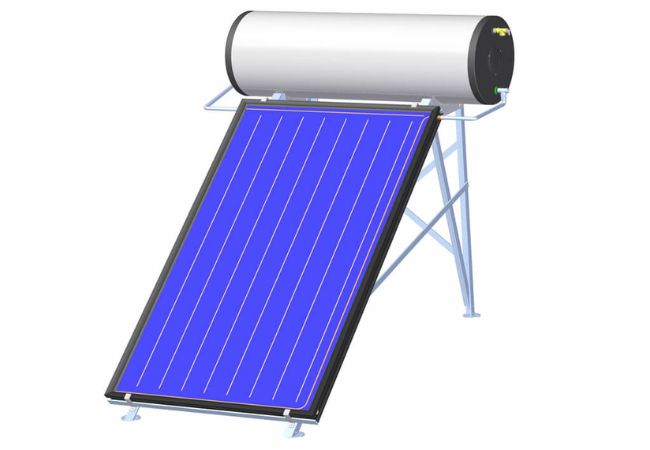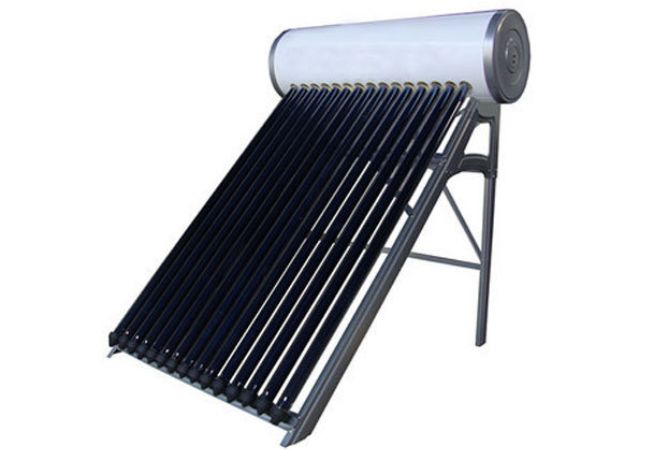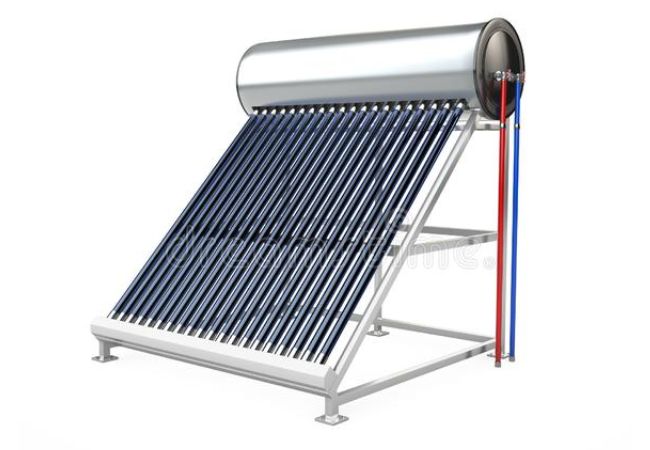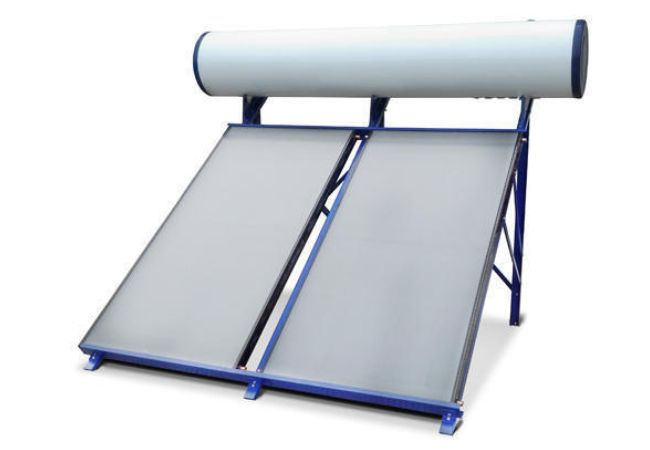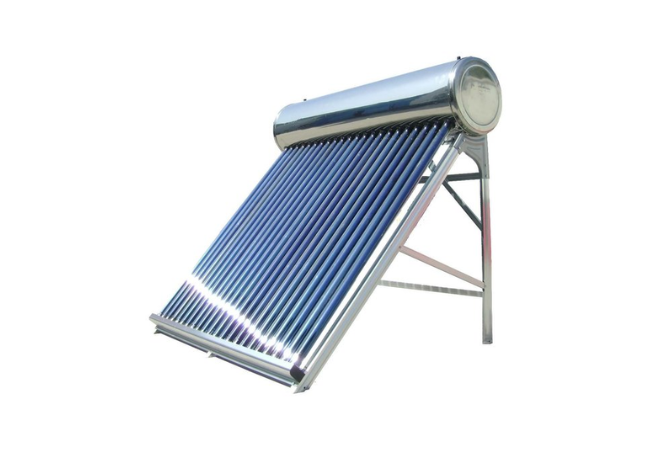Ensun-Non Pressure Solar Water Heater
Ensun offers non pressure solar water heater that ensures heat-preservation ability. This is one type of solar water heaters. Designed with anti-erode inner tank and outer tank.
- Materials: 304/201/316L Stainless steel
- Insulation layer: 50mm polyurethane foaming
- Vacuum tube: 47x1500mm, 58x1800mm
- Bracket: Aluminum Alloy/Stainless steel 304
Professional Non Pressure Solar Water Heater Manufacturer
Ensun non pressure solar water heater is a great non-pressure model. You can also call them as low-pressure solar heaters. The water in the tank is under low pressure and is equal to the water’s gravity. This kind of solar heater has a simple construction. Therefore, it is your cheaper option.
As a leading factory in the solar thermal industry, Ensun ensures that we target your solar water heater needs. We manufacture them with long life in mind. Besides, our non-pressure solar water heater is lightweight. You can still use them in cold, rainy, or cloudy days.
Working Principle
- The water will flow through the tubes. It depends on any density of cold and hot water.
- Automatically the hot water will rise up. While the cold water will keep flowing in the bottom. This process is called gravity system.
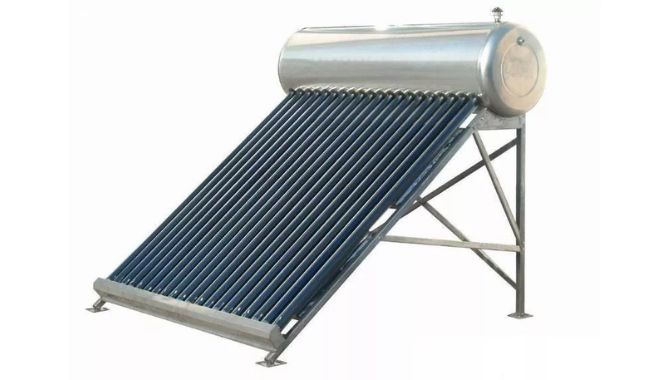
You can store 50L to 400L of water in this water heater.
The water stored in the tank will remain hot for about 72 hours.
Yes. We offer assistant tank, magnesium anode, electric heater, and more.
Related Product
How It Operates
The non-pressure model for a solar water heater is equipped with a vacuum tube. This method improves the absorption and covert the solar radiation into heat energy. It combines a small amount of hot water and a considerable amount of cold water to create a natural circulation. In a vacuum tube, hot water is circulated from the bottom to the top, gradually raising its overall temperature until it reaches a set point.
Additionally, because the vacuum glass tube is round, it naturally tracks the sun’s source. Since the glass tube reflects light from all sides, heat-collecting is more effective; it raises the temperature well. Non-pressure solar water heaters can work effectively in every season of weather.
Salient Features
The solar water heater, without pressure, comes with vital features, including the following.
-
Good material quality
The glass vacuum tubes are resistant to different temperatures.
-
Super insulation
The chance of heat loss is low.
-
Energy saving
Ideal for energy conservation, with low use costs
-
Environmental friendly
Adequate ecological protection because they don’t emit any pollution
-
Installation ability
Reflector angles correspond to various latitudes.
-
Safe to use
Solar energy usage is extremely safe and risk-free.
Core Benefits
Their most prominent feature is that non-pressure solar water heaters are affordable. However, its cheap cost does not determine low value. They serve a good use.
Cold climate regions are where non-pressure solar heaters are most widely utilized. Yet, they are popular in several countries, including Mexico, Morocco, and others.
Why Use Non-Pressure Solar Water Heater
Here are some reasons why it is convenient to use solar water heaters without pressure.
- With their simple structure, they are a valuable option. Roughly about 60% more than the high-pressure systems.
- The lower pressure of collectors and tank improve their lifespan
- Non-pressure models are lightweight in build.
- It does not need external power to heat water.
- They are efficient at producing heat from sunlight.
Non-Pressure Solar Water Heater Specification
| Litre | 100 | 200 | 300 | |||
| Dimensions | On installation (mm) | 990x1976x1342 | 1750x1976x1342 | 2510x1976x1342 | ||
| Area (m²) | Gross surface | 1.33 | 2.69 | 4.06 | ||
| Aperture | 0.92 | 1.62 | 2.70 | |||
| Tank | Dimension (mm) | 450 x 990 | 450×1750 | 450 x 2510 | ||
| Weight | 16 | 24 | 34 | |||
| Tubes | Pieces | 10 | 20 | 30 | ||
| Bracket | Weight | 5.5 | 8 | 11 | ||
Methods of Adding Water into Non-Pressure Solars
The following defines the procedures of adding water into a non-pressure type of solar.
1. Managing the valve manually.
If there’s no installation for the water device, the manual process of adding can be made. That is by opening the valve and letting it flow until it overflows. Allowing it to spill and manually close is the only way to determine whether a valve is complete.
2. Using an auxiliary tank
It’s easy to determine if the water level in the solar is low. The float sinks inside the auxiliary tank. When that happens, the plugs open. And that’s where the cold waters enter way through the water tank.
3. Optimizing controller
There are three considerations when using a controller to add water. The water level is first. 50% to 80% is the set value of the water level; when it lowers, water is added. An stop if it reaches an upper limit.
The second is water temperature; when the water is added following the set temperature, it’s all in control.
Last is the timing. There will be a delay in the heating process if a solenoid valve is used in adding water. It will take about 30 minutes to get them back to the set temperature.






